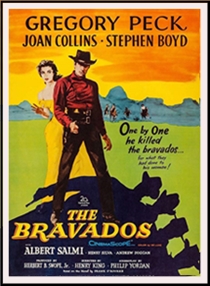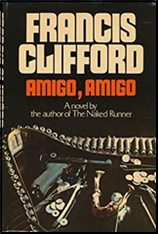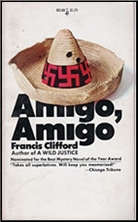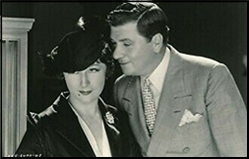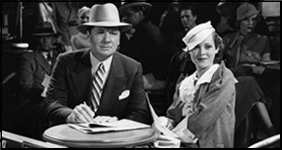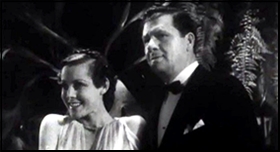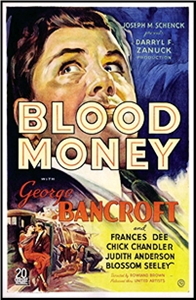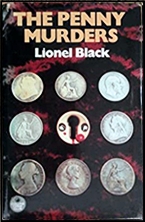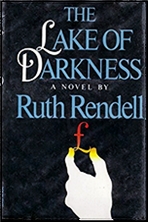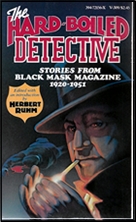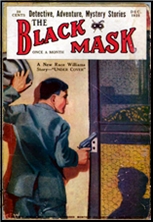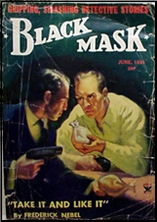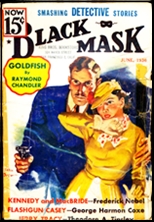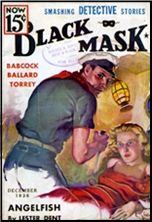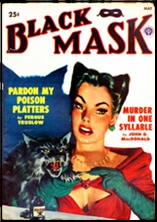Sun 16 Aug 2020
A Western Movie Review by David Vineyard: THE BRAVADOS (1958).
Posted by Steve under Reviews , Western movies[7] Comments
THE BRAVADOS. 20th Century Fox, 1958. Gregory Peck, Joan Collins, Stephen Boyd, Albert Salmi, Henry Silva, Lee Van Cleef, Herbert Rudley, Andrew Duggan, Ken Scott, George Voskovec, Barry Coe, Gene Evans. Screenplay by Philip Yordan, based on a novel by Frank O’Rourke. Director Henry King.
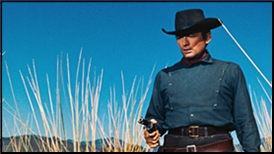
— Henry Silva as the half-breed, to outlaws Stephen Boyd, Albert Salmi, and Lee Van Cleef.
This widescreen Technicolor western may not quite be a classic, but it comes close, and as the saying goes, I wouldn’t want to live on the difference. Directed by veteran Henry King and with a remarkable cast of actors, even for a Western from this period, it follows one man’s path to revenge and ultimately redemption.
Jim Douglass (Gregory Peck) rides into a quiet and tense little town on the eve of a public hanging of four outlaws who shot up the place and killed several people. All he will say is that he is from a small town one hundred miles away and he is there to see the hanging. The law (Herbert Rudley) is nervous about strangers in town and waiting for the hangman, unsure of this quiet sullen man who has traveled so far to see four men die.
Also in town is Josefa Valarde (Joan Collins, and quite good here) who knew Douglass five years ago in New Orleans. Through her we gradually piece together Peck’s nature and journey, his wife’s death, his six month quest to hunt down these four men he has never seen (that’s a key point later in the film).
There are several small characters from the town drawn sharply, the young lovers and the girl’s disapproving father who wants more than small town life for her (Kathleen Gallant, Barry Coe, George Voskovec), a gullible good natured deputy (Ken Scott), Rudley’s lawman, padre Andrew Duggan (who knows the secret Douglass hides from everyone).

During a church service the supposed hangman (Joe deRita — yes, that Joe deRita, unbilled and quite good in serious role) frees the prisoner, stabbing Rudley and getting killed for his efforts and the young girl Emma (Gallant), is taken hostage by the escaping killers.
There’s a fine scene when the wounded Rudley stumbles bleeding into the church, eloquently shot and staged for full effect.
In a scene that echoes The Searchers, Peck refuses to join the others in a pointless nighttime posse. He knows the hunt will be long and deadly.
Peck’s performance here as a man grown deadly and possessed by his anger, grief, and need for revenge anchors the film.
Boyd is his usual charming over-sexed sadist, a part he perfected (his showdown with Peck is well staged as less a duel than an execution), Salmi a vicious brute (a part he perfected), Van Cleef a hothead prone to losing his cool and a coward when it comes down to it (one of the stronger scenes key to the movie is when Peck’s character executes him in cold blood), and Silva the cool half-breed (Salmi: “I don’t trust the Indian. You never know what he’s thinking.â€}, the key to this Western drama that proves to be much more than just the typical Western revenge Kabuki theater we are so used to.
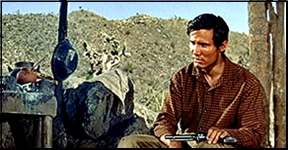
Uniquely for King, who usually composed his films like paintings, the camera work here is often nervous and edgy, especially when Peck is on screen. Shot by the great Leon Shamroy, who often worked with King, the film’s intelligence goes well beyond the screenplay and O’Rourke’s fine novel (he also wrote Two Mules for The Marquesa, the basis for The Professionals), to the films visual style which varies from wide sweeping shots to tense close ups.
A tensely shot fight between Salmi and Peck in a shadowy grove of woods is one of the best uses of outdoor Technicolor filming you will see in a film and the dramatic scene when the posse finds Salmi hanging upside down from a tree a masterpiece of implied violence. You’ll notice Peck wears a black hat and dark blue and black clothes throughout the film and rides a black horse, visual shorthand for what he has become.
What isn’t shown or even said is more eloquent than any dialogue could be in this film.
The key to the film lies in the duel of wits between Henry Silva’s half-breed and Gregory Peck. As the killers circle towards the Douglass ranch never knowing it, a gentle neighbor of Douglass is killed (Gene Evans), and the girl attacked by Boyd, but left alive at Silva’s insistence when he interrupts her rape by Boyd to force him to flee. Even Collins, who has sought to curb Peck’s wrath is ready to see him kill them all when they find the girl in Evans cabin.

Peck gives a subtle understated performance here. As the hunt goes on his humanity begins to reemerge, as he kills the men one by one until only he and Silva are left.
Silva: I had no reason to kill you. Why do you hunt me?
The answer changes this film from what it began as, and gives it a remarkable turn rare in a Western revenge film, one Peck plays to the hilt, and one that leaves this film feeling remarkably modern and marks its rare intelligence. That is is also beautiful to look at and the cinematography is part and parcel of telling the story is also notable. There is also a fine score by Lionel Newman with contributions by Hugo Friedhofer and Alfred Newman uncredited.
The suspense here is less whether Peck’s character will survive and more whether he will end up worse than the men he is hunting.
Peck has a particularly good Western resume, from films like The Gunfighter, and Yellow Sky, to Only the Valiant and The Big Country and fairly late in his career, The Stalking Moon. This one fits well within the mold,
And if you want to call it a classic, you won’t get an argument from me.
